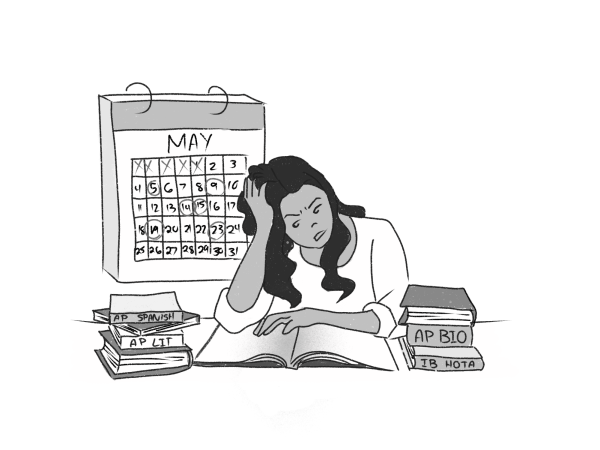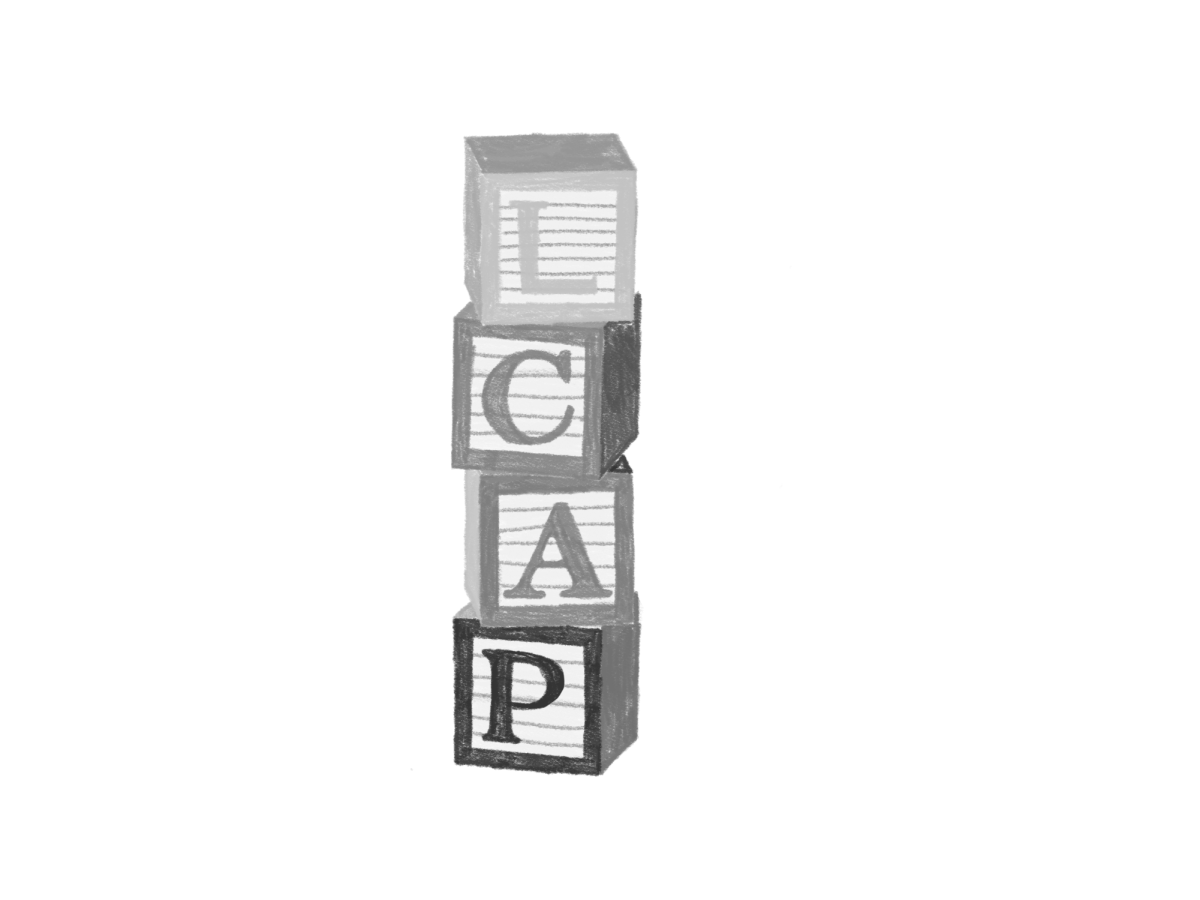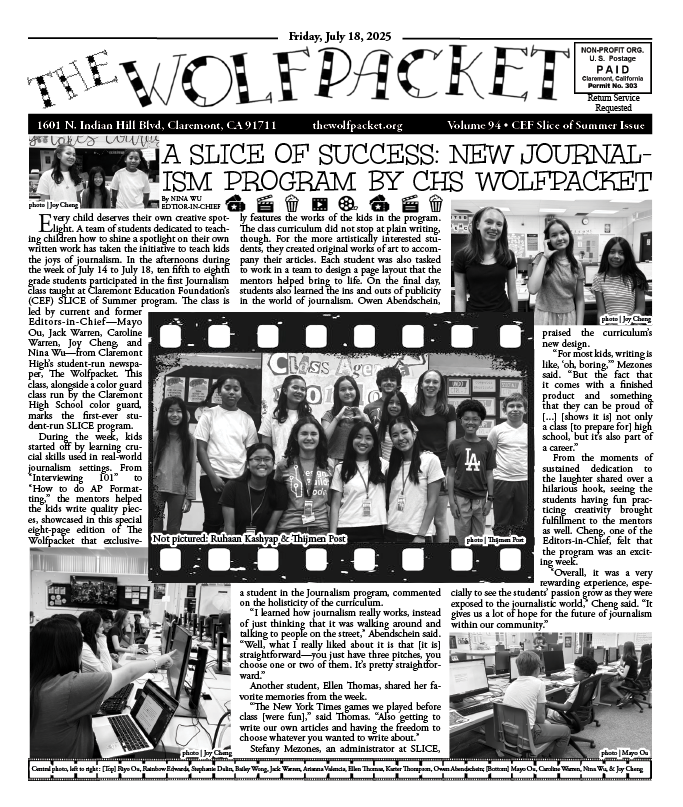
“When are you going back to school?”
“The Wednesday before Labor Day. I know, it’s so late, right?”
One of the oddest aspects about attending school in the Claremont Unified School District is how late students start and end each year. Immediately bordering Claremont are the Pomona, Bonita, Azusa, Upland, Chaffey, and Ontario-Montclair school districts, all of which started at least one week before Claremont in the 2024-2025 school year (the earliest districts starting three weeks ahead). Yet this may very well change, affecting thousands of students and families alike.
Recently, a proposal has been passed to teachers, parents, students, staff, and management regarding a possible shift to all future years in CUSD. The proposal is to move the CUSD schedule two weeks ahead for the 2026-2027 school year, which would bring the start of the school year to mid-August. Likewise, the end of the school year and graduation would then be in early June or even the end of May.
As with any change, there are benefits and drawbacks, with teachers, students, staff, and management forming strong arguments for and against the shift. CHS students may remember a homeroom survey asking about their opinions on the subject—if they supported the shift, opposed it, or had no preference. That same survey was sent to El Roble Intermediate and San Antonio High School students, teachers across all grade levels, parents, and management. Based on the 3,766 responses, the public slightly favors moving the schedule by two weeks (44.1%) while a significant group is against (39.5%). However, while this may seem like a relatively simple vote, the data by grade level shows a massive split in ideology—elementary schools are very much against the idea of the school year shifting, while the high schools are for the earlier schedule. Deztini Simpson, a kindergarten teacher at Chaparral Elementary, gave The Wolfpacket her input.
“I actually worked in another school district before coming to Chaparral,” Simpson said. “And I’ll tell you that the entire month of August, we were unable to go out for recess because it was too hot. From an elementary perspective, they’ve just been gone from their friends all summer long. They have lots of energy, and they need to be outside. Academics are only half of what we’re teaching kids here—the other half is social skills, and it’s very difficult for students to have to stay inside. When coming here [CUSD], I was like, ‘Wow, this schedule is so much better.’”
While CUSD may have been a breath of cooler air, it may not last very long. Considering the temperatures in August versus June, it is clear that a schedule shift would be less comfortable for students and teachers alike. The biggest reason that most elementary school teachers have been pushing against the shift is the heat—with students possibly being confined to their classrooms with their peers for hours on end, it is easy to ask why there would be any motivation to change the schedule at all. (Additional concerns about extraneous costs of air conditioning should be nullified; CUSD’s air conditioning contractor, Comfort Mechanical, has confirmed with the district that they do not expect usage in August to be substantially different from June.)
The clearest answer is for the benefit of the high schoolers. With the schedule moved by two weeks, the first semester ends before winter break, allowing students to enjoy the break without fear of finals three weeks later and send fall semester transcripts to colleges on time. For community colleges with rolling deadlines or summer jobs that require these transcripts, those five weeks make a big difference. Summer internships that start in early June become available, too. Moreover, for AP and IB exams, teachers such as CHS AP Physics teacher Mario Carrillo have two extra weeks for content and review—time students desperately need.

“I love it,” Carrillo said. “At least in my classes, there’s just so much stuff to get through before the AP exam date, which is external to the CHS schedule. We start later, but still have to meet the same deadlines as the rest of the nation, right? So it’s been really hard to cram everything in, take tests, and then have a month where we could have been studying more for the exam. It’s always been very frustrating.”
As for the students themselves, ideas are as expected—high school students, especially juniors and seniors currently studying for or having gone through the pressure of AP and IB exams, tend to be more for the cause, while elementary and middle school students (having no stakes) are ambivalent. Senior Samuel Kim has experienced the frustration of studying for APs.
“Give me back my two weeks,” Kim said. “It doesn’t make sense that we’re learning things right before AP exams—it’s not going to stick in our brains. Why are you doing this?”
It is important to note that management seems to be overwhelmingly in favor of shifting the schedule (84.62% for and 15.38% ambivalent), but it only remains to wait and see what they decide.
“I hope that our district really reflects on the voting process,” Simpson said. “I know that one of the options on the survey was ‘no preference,’ which I think is great. But I’m just hoping the district doesn’t use that and say, well, they don’t care, so let’s put this towards ‘Yes, we’re going to change it’ or ‘No, let’s not.’”
The final version of the 2026-2027 and 2027-2028 school years were put into place after a vote by the Claremont Unified School District School Board on Thursday, May 1st at 7:05pm. They will be going ahead and moving the school year forward by two weeks.
















